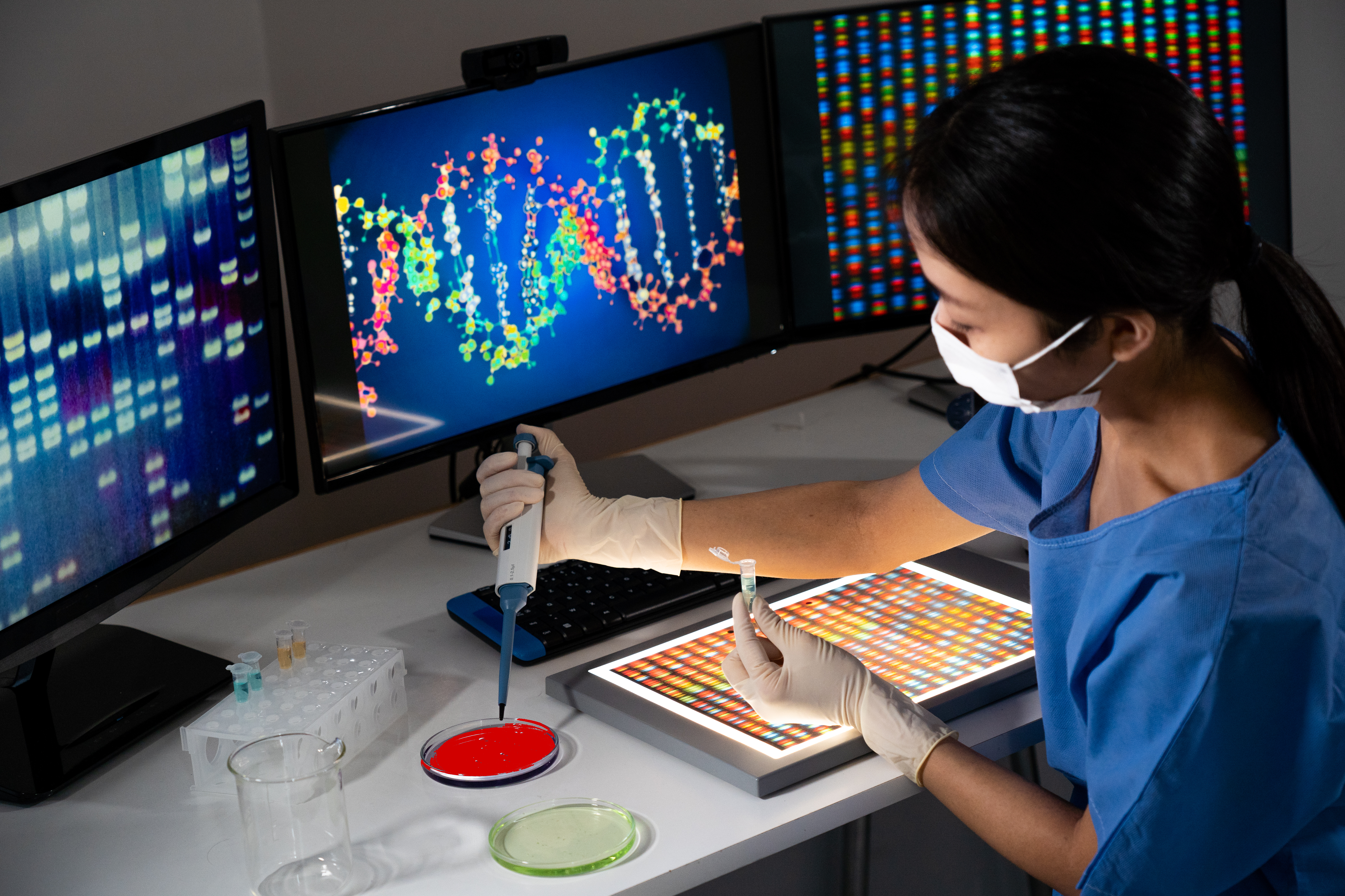How benefits advisers can help
Benefit advisers are working with their customers to determine which gene therapies should be covered and the degree to which the financial risk of doing so may be present for their health plan. While periodic and summary plan document reviews are common, a special review as to whether and how gene therapies are covered and described is recommended. Much akin to when transplantation was a new treatment path, there are many quality improvement and risk mitigation strategies benefit advisors can bring to employers. These include Centers of Excellence/Experience, boutique network and care management companies, and working closely with employers to ensure they have appropriately broad and matching stop loss insurance in place.
Looking ahead
Because gene therapies are very new, their longer-term durability, efficacy, and potential complications are still unknown, and it may be years before the quality of patient’s health improvement is known.
Sickle cell, beta thalassemia, and hemophilia patients are likely to approach the new gene therapies with more hesitancy, which means initial utilization might be low. For people with sickle cell disease, hesitancy may be due to historic distrust of the medical establishment, the time and rigor of the gene therapy administration itself, infertility risk from the treatment (which is present for both gene therapy and bone marrow transplant),8 and pre-treatment costs.
For hemophilia patients, initial low utilization may stem from current patient access to prophylactic factor, which is already proven an effective treatment. These patients may await other options, including new improved factor products, new gene therapies, and CRISPR therapies. There is far more urgency for patients with DEB, Duchenne muscular dystrophy, spinal muscular atrophy, and cerebral adrenoleukodystrophy (CALD).
RGA is closely monitoring several gene therapy clinical trials including treatments for rare conditions such as AADC deficiency, leukocyte adhesion deficiency type 1, Fanconi anemia, metachromatic leukodystrophy, mucopolysaccharidosis, cystic fibrosis, Pompe disease, Gaucher disease, hereditary angioedema, retinitis pigmentosa, x-linked retinoschisis, and Leber hereditary optic neuropathy.
In the future, gene therapies may be developed for less rare conditions, such as congenital hearing loss, macular degeneration, diabetic neuropathy, heart disease, osteoarthritis, cancer, Parkinson’s disease and myocardial ischemia.
RGA is also monitoring how RNA technology may influence the use of future gene therapy. As RNA is temporary and transcribes DNA, its focus is on the underlying cause of a condition. As a result, it could provide health and life improvement advantages similar to gene therapy. That said, use of RNA comes with benefits over that of one-time gene therapies, such as the ability to change treatments over time if something better comes along, or to slow or stop use if a safety concern arises. RNA also comes with financial benefits to the manufacturer of having a longer-term financial stream of payments for its use.
Although some gene therapies may not ultimately be cures, they have great potential to improve quality of life for patients and their families, and even perhaps extend patient lifespans. The FDA is enthusiastic about its ability to benefit patients and the pharmaceutical industry with speedier approvals of gene therapies.
The major concern over patient access to gene therapy now is financial. Wall Street is not optimistic about most of the companies developing these technologies, and the financial outlook for the overall biotech industry continues to be negative. Many companies in the gene therapy field now have historically low stock values, and layoffs at these and other biotech firms have been quite high. Many of the smaller firms developing these therapies need a well-capitalized pharmaceutical manufacturer to either purchase the company or the therapy in order for the treatment to achieve successful commercialization, but acquisition activity like this has been historically low.
Gene therapy prices are high and are expected to increase further. The expectation is that the $4 million ceiling will likely be broken in 2024. These high price tags will be a challenge for state and federal governments as well as commercial health plans.
If patients are hesitant to use the current suite of gene therapy treatments or insurance plans are hesitant to cover them, the outlook for access to these and future gene therapy treatments could be at risk. Indeed, certain clinical trials were abandoned last year on financial grounds.
Some final thoughts
Ever since the first gene therapy was approved seven years ago, this class of treatment has clearly shown its potential to be a positive game-changer for many diseases, both rare and not. The science is, however, still in early phases, with much more research and development needed to explore benefits and risks. Each gene therapy has its own profile of effectiveness, durability and safety. Thus far, stop-loss carriers and reinsurers have by and large stepped up to underwrite coverage for gene therapies, as well as helping payers understand the value that these treatments may bring. It is important, though, that all of the risks be clear. Monitoring the outcomes of each treatment in this emerging category of coverage is important for every health plan.
RGA is here to help pool outlier risks more broadly so as not to threaten income and capital. Contact us to start the conversation.





